5 Places To Look For Ticks On Your Dog
By: Priyanka Maheshwari Fri, 30 Aug 2024 4:52:01

Ticks can be persistent pests and pose a risk to both pets and their owners by transmitting diseases. It's crucial to know where to look for ticks on your dog and how to remove them properly. Fortunately, identifying ticks is straightforward if you understand their preferred environments.
About Ticks
Ticks are blood-sucking parasites related to spiders. They attach to a host to feed for up to 8-10 days, during which time they can transmit diseases such as Lyme disease and Rocky Mountain spotted fever. These diseases can be serious if left untreated. While different ticks can spread various diseases, they share similar habitat preferences, making it easier to check for all types of ticks on your dog.
Where Ticks Live on Dogs
Ticks thrive in warm, humid environments and tend to hide in damp, shaded areas. On dogs, the most common places to find ticks are:

# Tail Underside: The underside of the tail, especially near the base where there's more moisture, is a prime spot for ticks, particularly on dogs with longer fur or broader tails. If a dog is scooting or nibbling at its rear, it might be reacting to a tick bite.
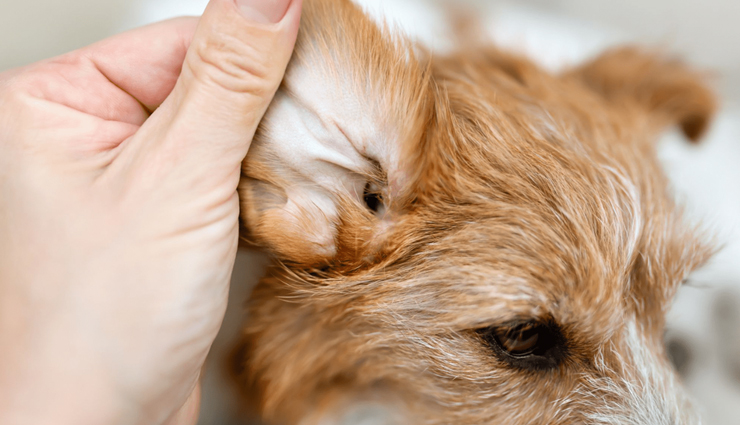
# Ears: The inside of a dog’s ears is a favored location for ticks due to the dark, warm, and moist conditions. This is especially true for dogs with floppy ears. If a dog is scratching its head frequently or shaking its ears, it could be trying to dislodge a tick.
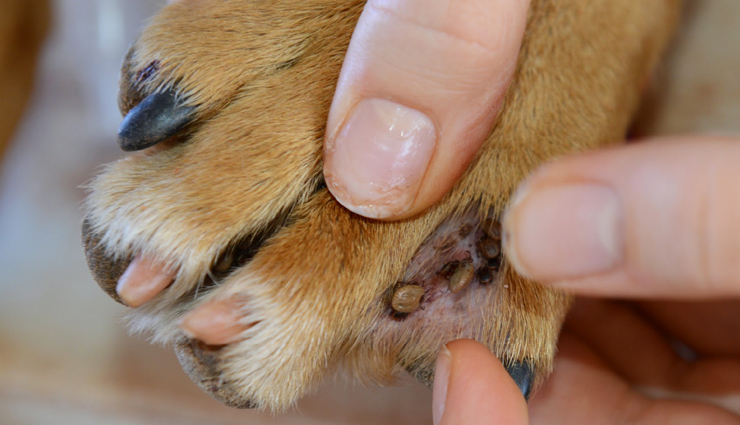
# Toes: The area between a dog’s toes provides a perfect hiding spot for ticks, especially on dogs with larger paws or longer fur. A dog may lick or chew at its feet or develop a slight limp if irritated by a tick bite.
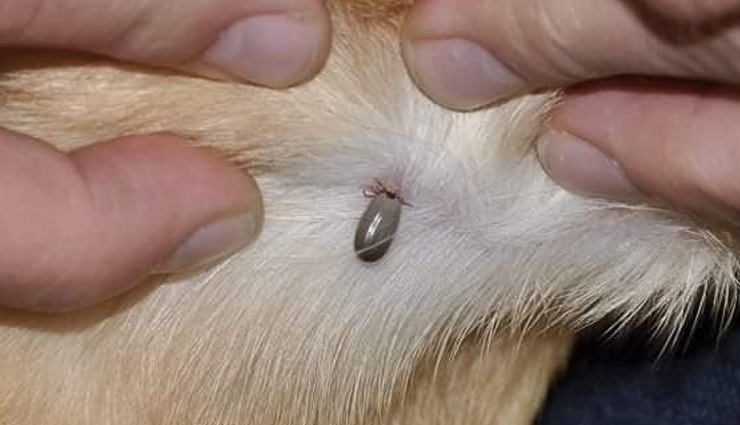
# Groin: The warm, smooth area between a dog’s rear legs is attractive to ticks, which may nestle into the skin folds. Dogs licking or scratching at their groin more than usual might be trying to remove a tick.
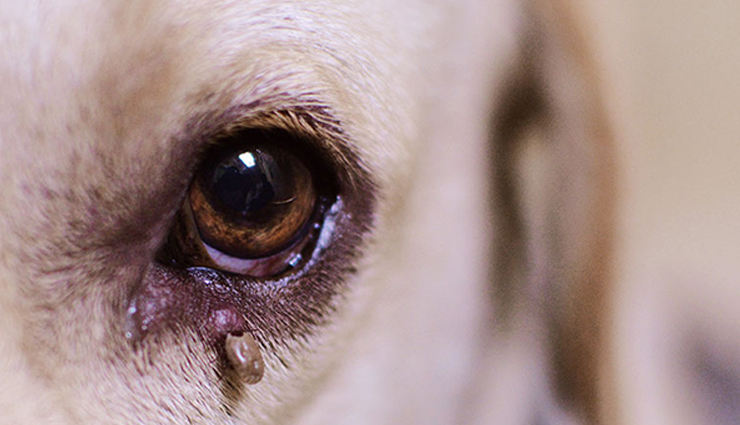
# Eyelids: Ticks can also be found on a dog’s eyelids, where the moist, thin skin offers a good feeding environment. Any lumps or bumps on the eyelids, along with excessive blinking or unusual discharge, may indicate the presence of a tick.
In addition to these common areas, ticks can be found:
# On the “armpits” of the forelegs
# Under the collar
# In matted or dense fur
# In folds of neck skin
Carefully check these areas to ensure there are no ticks affecting your dog.
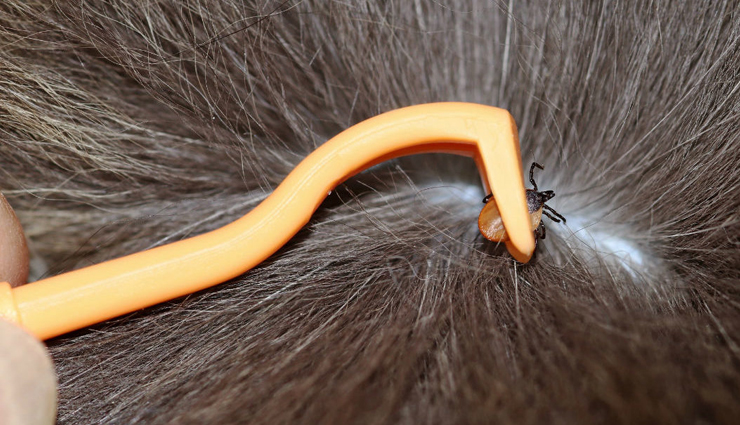
Removing Ticks
To remove a tick safely:
- Use tweezers to grasp the tick as close to the skin as possible, avoiding squeezing too hard to prevent contamination.
- Pull the tick out slowly and steadily, in a straight motion. Avoid twisting or jerking the tick to prevent breaking off its mouthparts.
- Place the tick in a container with isopropyl alcohol to kill it and prevent it from spreading diseases. You might want to save it for identification by your vet if needed.
- Clean the bite area with antiseptic and wash your hands thoroughly.
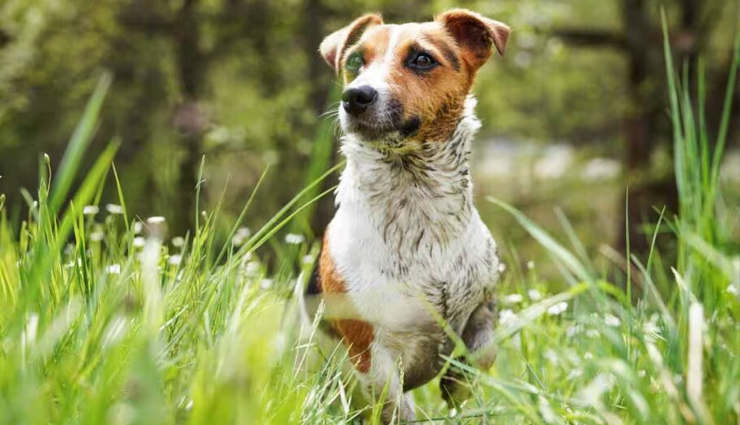
After removal, monitor your dog for several days for any signs of illness. Consult your veterinarian if you have any concerns.
Preventing Tick Bites
To reduce the risk of tick bites:
- Avoid letting your dog roam in tall grasses, underbrush, or areas frequented by wildlife.
- Keep your lawn mowed and your dog’s coat trimmed.
- Regularly groom your dog to spot and remove ticks promptly.
- Vacuum your home frequently and wash your dog’s bedding and toys in hot water.
- Use tick prevention medications and outdoor sprays to create barriers against ticks.
Understanding where ticks are likely to be and taking preventive measures can help keep your dog safe from these troublesome pests.





